This blog series is about our "Back to the Soil" project, in which we investigate whether several organic waste streams can be used as soil improvers in arable farming and how this can be legally made possible. In this third blog post , Marianne Hoogmoed of the Louis Bolk Institute writes about soil and how we can keep it healthy. Below, you'll find an overview of all the blog posts in this series.
Most people don't think about soil on a daily basis. Understandably. It's a brown mass, it gets your hands dirty, and it doesn't look very exciting. Yet, soil is so much more than that and plays a major role in everyone's life. The vast majority of our food grows in or out of the soil. Without fertile soil, we would all be extremely hungry. With a global population steadily growing towards 8 trillion, we demand a lot from our soils to produce enough food. For our food producers – the farmers – it is therefore a major challenge to achieve high yields while maintaining healthy soil.
Organic matterA key component of fertile and healthy soil is organic matter. Organic matter is a collective term for plant and animal remains. This enters the soil in the form of crop residues, dead worms, or other soil organisms, as well as animal manure or compost. Organic matter is the food source for all organisms living in the soil. By providing soil life with sufficient organic matter, they can, in turn, control all sorts of other important soil processes. For example, by breaking down (consuming) the organic matter, nutrients are released, which are absorbed by crops so they can grow. Some organic matter is not broken down further but stored in the soil. This is called humus, and humus also regulates all sorts of important soil processes. Humus consists largely of carbon. Carbon is the chemical element C, similar to CO2 . The more carbon can be stored in the soil, the less carbon is available to form CO2 , which, at the current high atmospheric concentrations, contributes to climate change.
Manure or compost?
Adding organic matter to the soil to keep it healthy and fertile sounds simple enough. But it isn't. In agriculture, crops are harvested and removed from the land. A large portion of the organic matter that would return to the soil in a nature reserve, for example, is removed by agriculture so that we can eat our potatoes, carrots, leeks, and Brussels sprouts. A farmer must therefore provide additional sources of organic matter to prevent soil life from going hungry. Farmers use, for example, animal manure and compost, but these sources of organic matter also have drawbacks. Animal manure contains high levels of nitrogen and phosphate. These are well-known substances that are frequently discussed in the news and cause problems when they end up in nature. Therefore, there are strict rules about how much animal manure a farmer can use, and it is often not enough to nourish soil life. Compost—made, for example, from green waste that we deposit in our green bins—unfortunately contains many contaminants such as plastic and glass, and is therefore not an ideal source of organic matter.
The soil therefore needs clean sources of organic matter. Rotterzwam investigates whether coffee grounds and oyster mushroom substrate can be good sources of organic matter for agriculture.
Want to know more? This series consists of 11 blogs in which we tell you all about the project. Click and read more:
- Intro: Back to the Soil blog series
- Back to the Bottom: The Plan
- Residual flows on the soil: why?
- From plan to experiment: the legal waste stream soap
- Waste legislation: what is waste?
- Organic waste flows on the soil: what are the legal implications?
- Update 1: Pot trials, waste stream collection & spreading
- Update 2: Back to the bottom
- Residual flows on the soil: the research results
- Residual flows on the soil: the impact
- Residual flows on the soil: the next steps

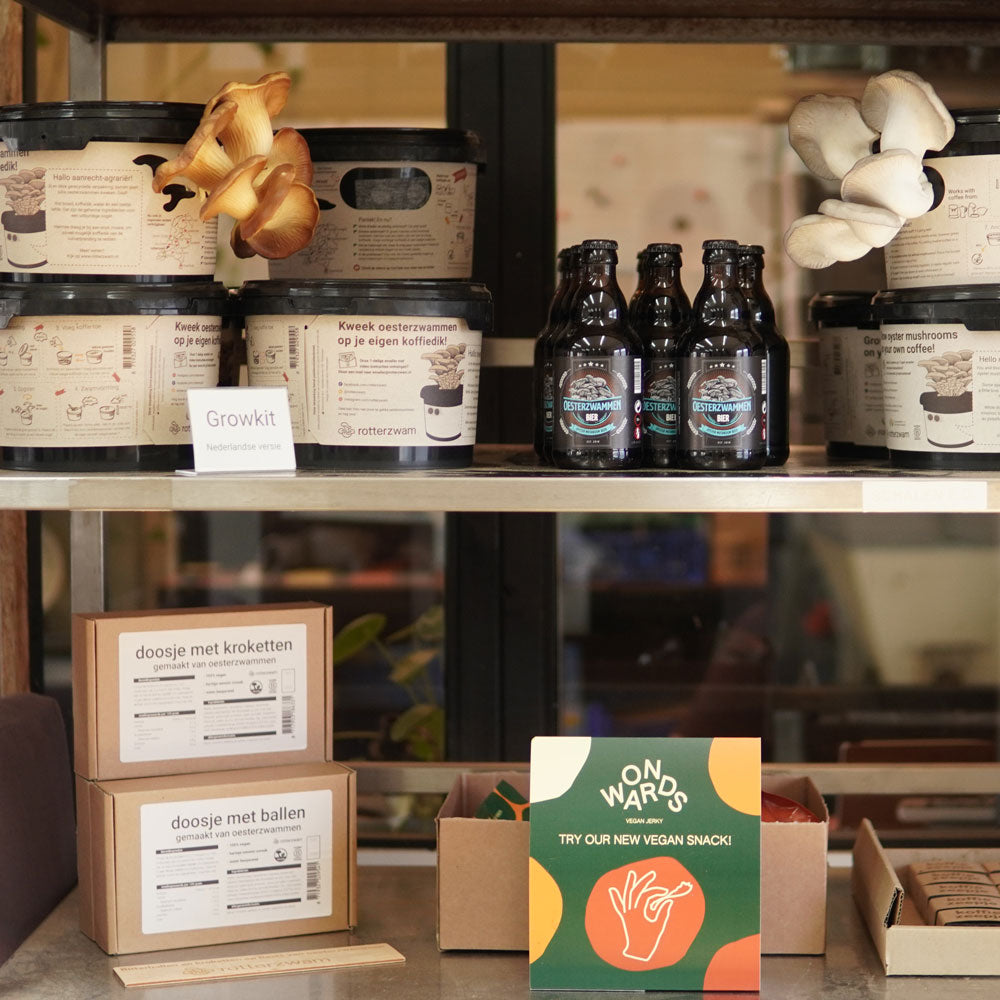
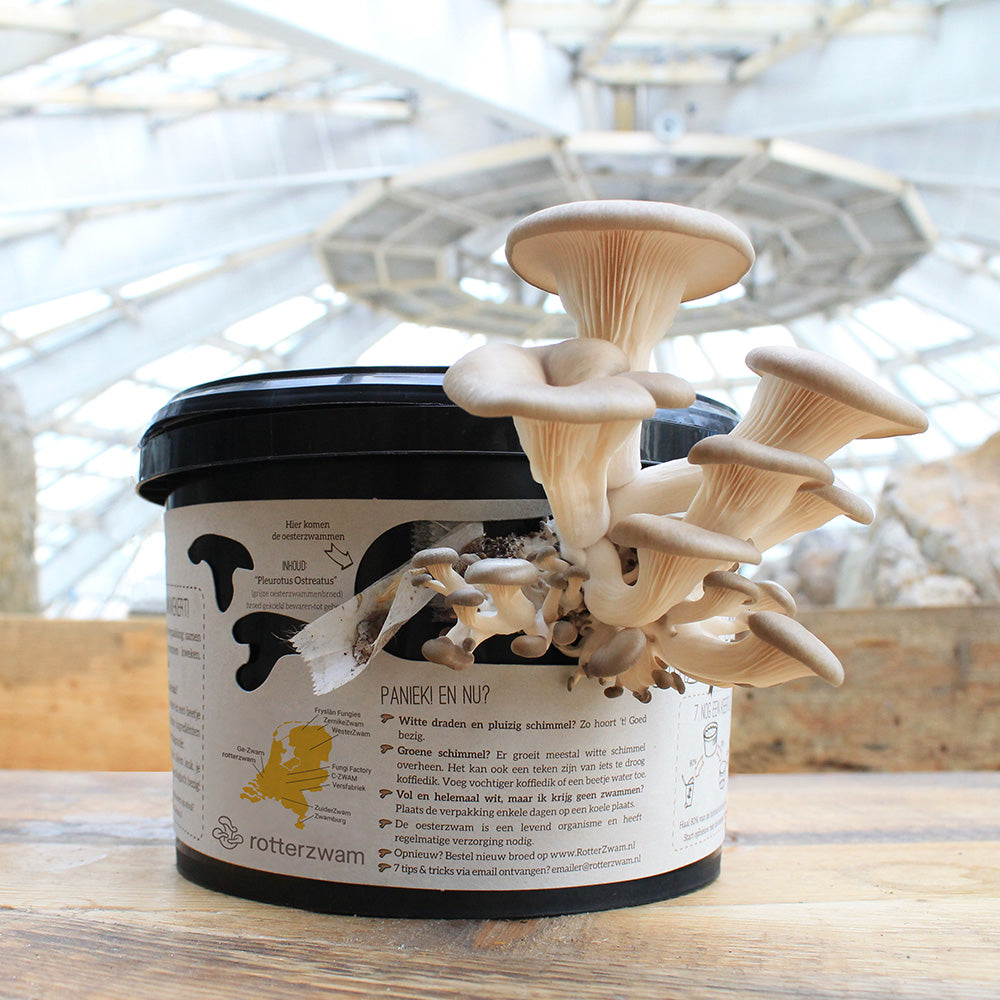

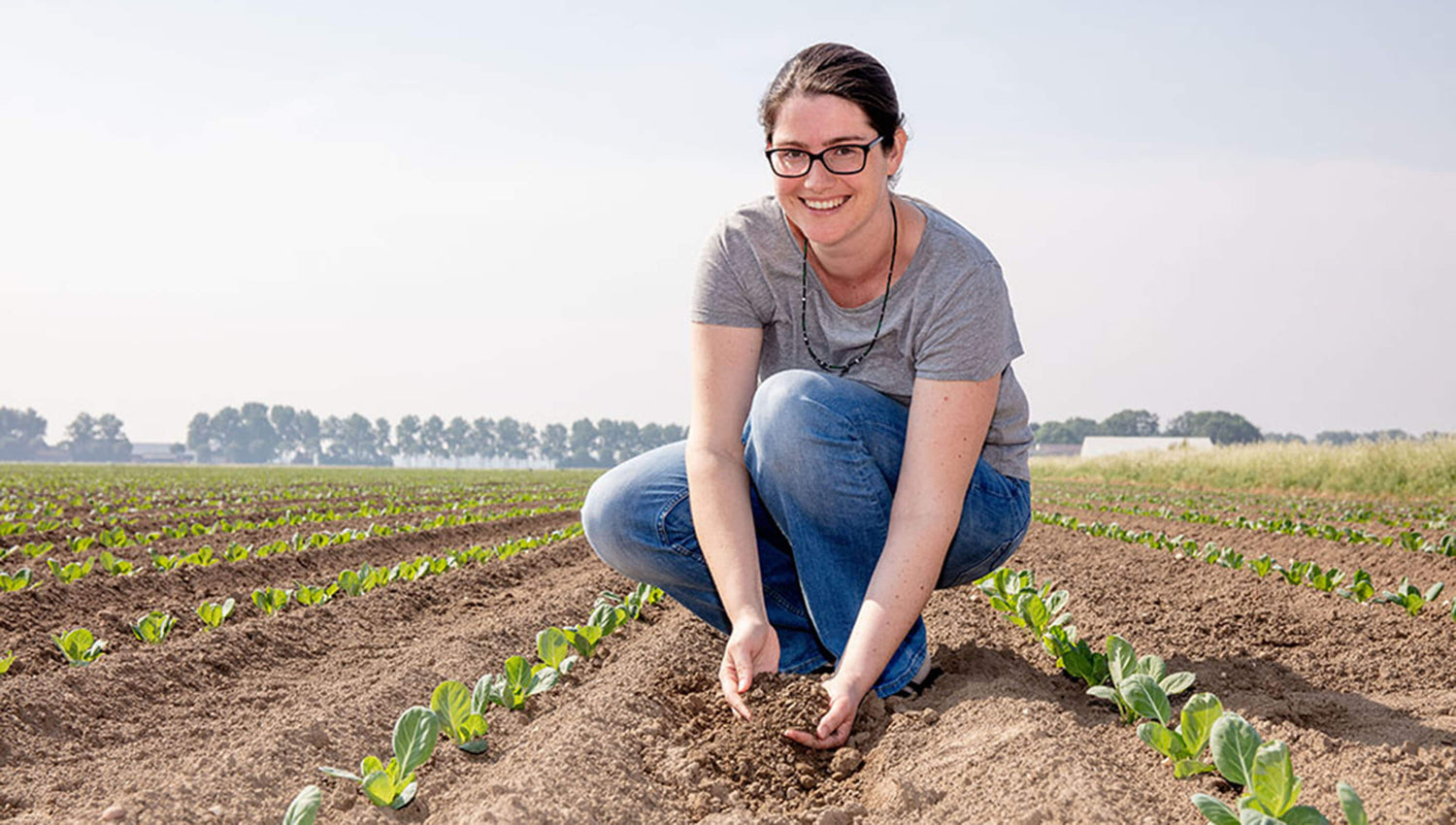
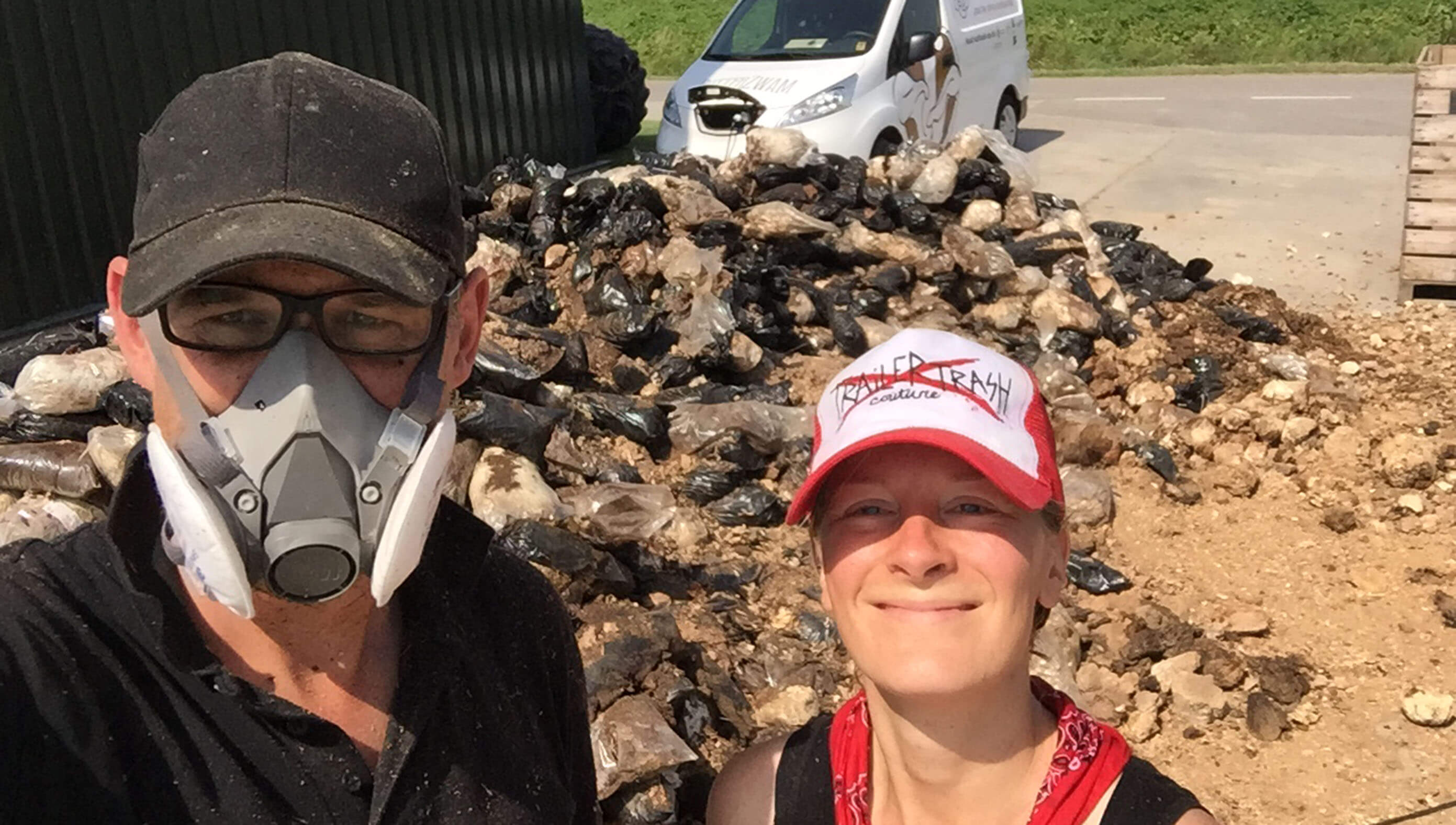
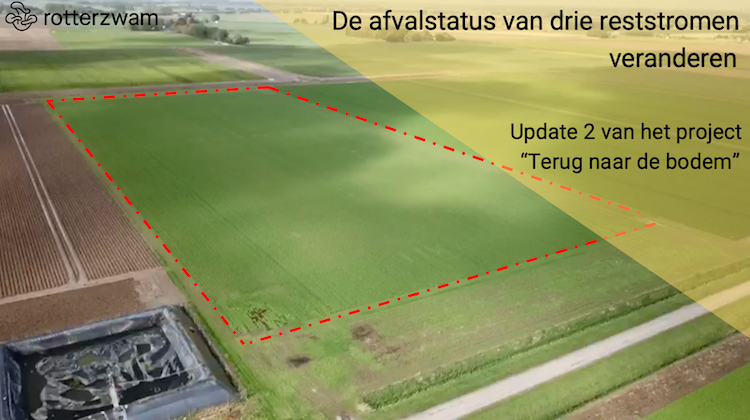
Leave a comment
All comments are moderated before being published.
This site is protected by hCaptcha and the hCaptcha Privacy Policy and Terms of Service apply.